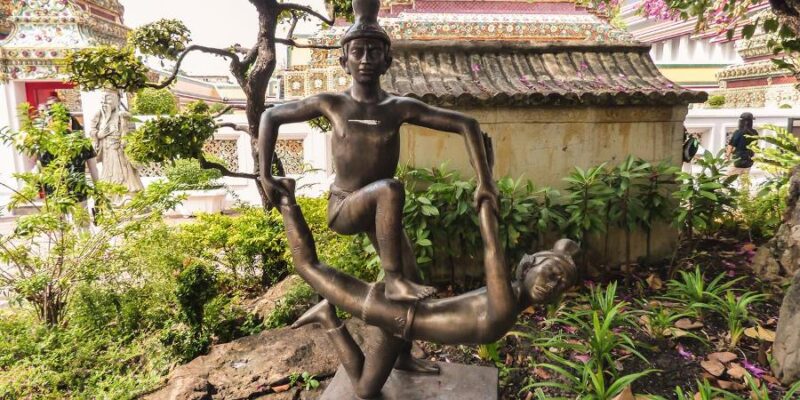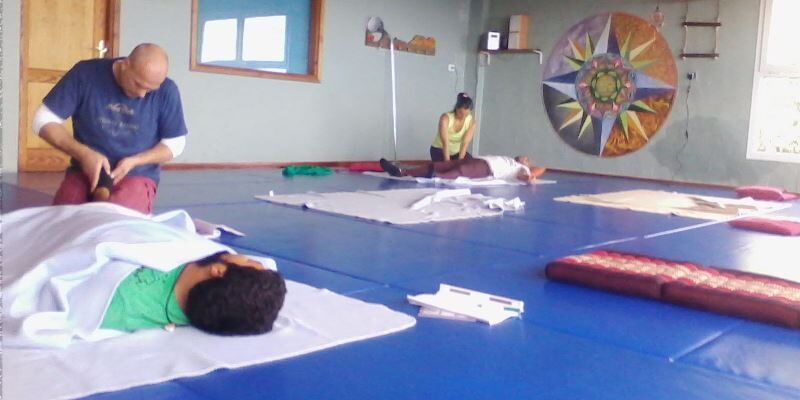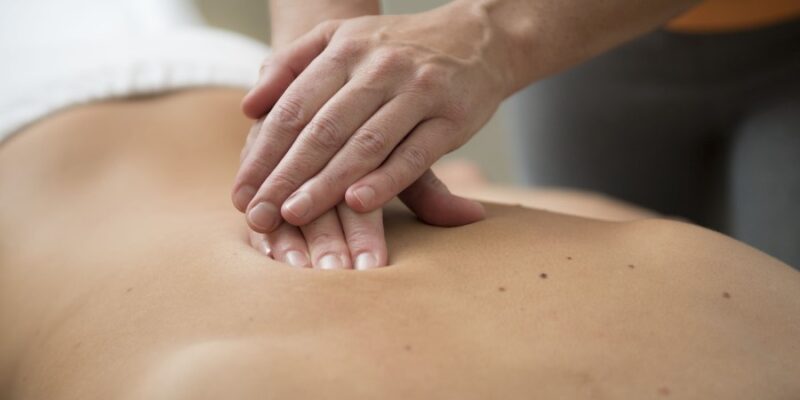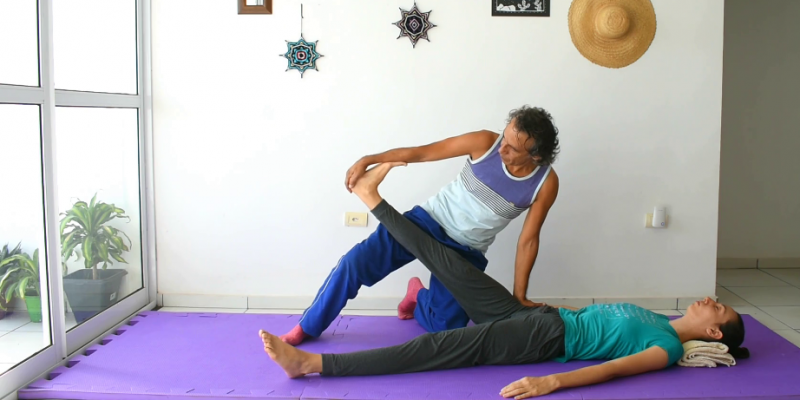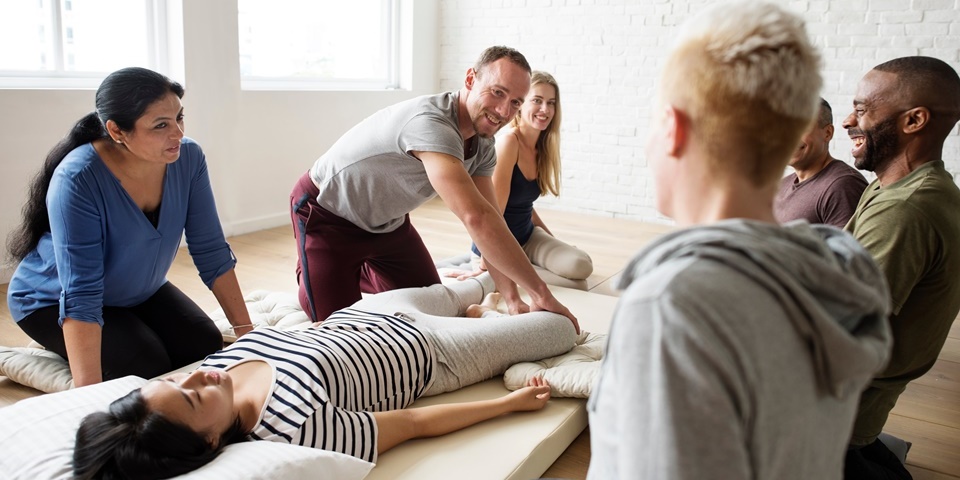
Unfortunately, massage students may encounter quite some pitfalls or even outright scams connected to Thai Massage training. I’ll not talk about all those in this post, but I will specifically focus on the student group size in Thai Massage courses.
Mind that this issue with the student group size certainly doesn’t only count for Thai Massage courses or classes, but for any other type of massage or bodywork training.
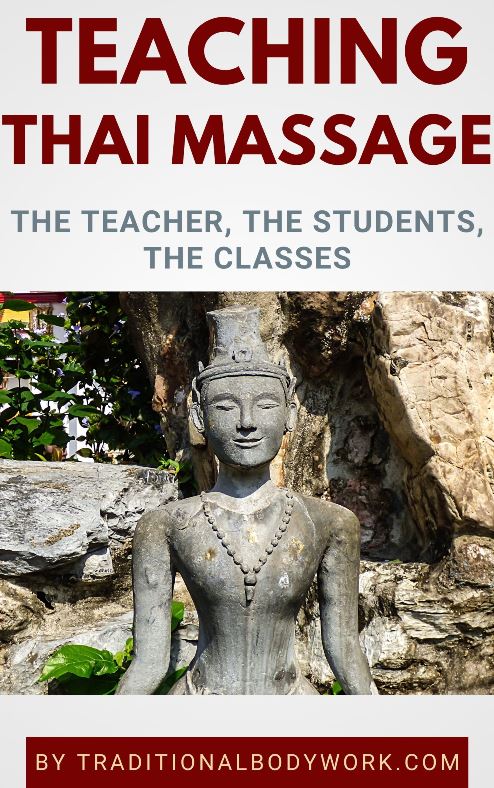
At any rate, over the years, I took and gave many Thai Massage training courses, and the student group size has always been an important topic. That it is of high importance, you will already see in the way courses are promoted.
I mean, if the class will have a small group size, the massage course provider will always mention this as a definite “plus,” mentioning something like “The group size will be maximum 8 persons” or something like that.
The reason to the above is obvious: in general you could say that the smaller the group size, the better the quality of teachings and training, that is, the more attention each individual student will receive during the training.
There are certainly also other factors that define the quality of a training, such as the proficiency and experience of the massage teacher, the actual content of the course, the duration of the course, and so on, but if the student group size is too large it will definitely affect the overall quality quite dramatically in a negative sense.

When I gave Thai Massage classes, I never worked with groups bigger than eight students, although I found working with six students even better. As a rule, you typically pair-up the students so that they can give each other massage and practice together on/with each other, which would make for three (six students) or four pairs (eight students).
With three or four student pairs it’s fairly easy for a massage instructor to accurately monitor what the students do, and support them optimally in correcting massage techniques, answer their questions, and so on. Additionally, when you demonstrate the massage techniques and massage sequence to the students, it’s clear that the students can sit closer to you and have a better look if the group is small.
But there’s also another thing I always found important, being that students should be able to feel the techniques directly from me doing them on each individual student so that they know how things should feel. This will also give them an extra check with respect to other students they pair-up with so that they know if their co-student does a technique well on them.

In addition, as a teacher, I also want to feel on my body what students do, how their touch is, how they massage, how they execute the techniques. Is their touch hard, soft, wild, gentle, deep, unsure, or nervous, etc?
You can easily imagine that with a student group size of twenty people the things mentioned above would become rather difficult or even impossible. Hence, I think it’s crucial to the quality of a course that massage students feel from the teacher and that the teacher feels from the students, so to me, any student group larger than about ten students is actually a no-go.
In fact, Thai Massage instructors know this very well, but there are plenty among them who simply go for the money and create course groups of twenty to thirty students. Hence, my advice to prospective massage students has always been to check on this issue before enrolling in a training program if they’re interested in actually getting value for their money.
Receive occasional news about our new eBook and Video Workshop publications.








